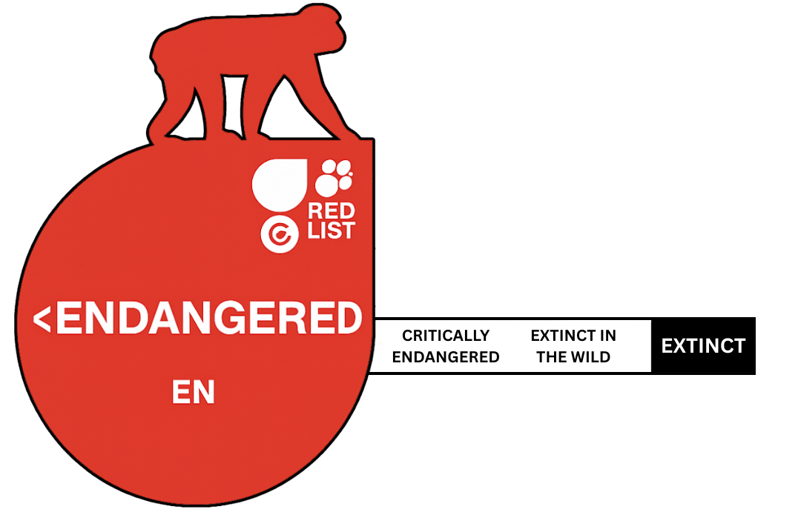One Unique Adventure!
Trentham Monkey Forest is a 60-acre woodland of which 140 free-roaming Barbary macaques call home.
It is the largest primate enclosure in the UK.
The woodland focuses solely on the conservation of this endangered primate. Each visit contributes to their conservation and protection.
Visitors can walk amongst the monkeys and also observe their fascinating natural behaviours from up close!
This is the only place in the UK you can do this! Making it one of the most unique days out in the country.
Other Ways To Explore
-
![DSC 7043]()
Education visits
Our forest is the ideal location for a fun and inspiring educational visit. Get those classmates outdoors learning about all things nature and conservation.
Find out more
-
![DSC 7307 (2)]()
Affordable Memberships
Become a member of the Monkey Forest family today. Have a year of UNLIMITED visits during seasonal opening times and support the conservation of Barbary macaque monkeys.
Find out more
-
![Celebrating 20Th Conservation Anniversary Barbary Macaque]()
20 WILD years!
2025 is a huge year for us, as we celebrate 20 incredible years of Barbary macaque conservation. To celebrate our 20th anniversary, artist Nathan Wyburn has created something truly special for us.
Find out more
-
![DSC1973]()
Corporate Away Days
Inspire your team to work as a collective unit, just like within a Barbary macaque troop!
Find out more


Morning With Monkeys
Our ‘Morning with Monkeys’ opportunity allows you to become a VIP and enter the monkey enclosure before opening hours. Help our primate staff discover the monkeys in the morning for the first time and feed them their nutritious breakfast. Come and see what the monkeys get up to at breakfast time!
Being one of the only people in the forest you will get an excellent insight into the life of a Barbary macaque as you help feed them. Your knowledgeable guides are at hand to answer questions and explain more about these fascinating monkeys.
Our Conservation Pledge!
There are less than 8,000 Barbary macaques in the wild. We protect and preserve them and their natural behaviours.
Around 80% of what is known about Barbary macaque behaviour derives from scientific study conducted within our parks.
We support the Primate Society of Great Britain as well as Barbary macaque Awareness & Conservation and Chances For Nature to protect primates in the wild.

Stories from the forest
Be up to date with all the gossip straight from the forest.
Enjoy the tales of the tailless monkey!

Map of the park!
Bringing you everything you need from planning your activities and scoping out your nearest food spot to the locations of hand wash stations and toilets. Everything you need to know pre-arrival is right here.















